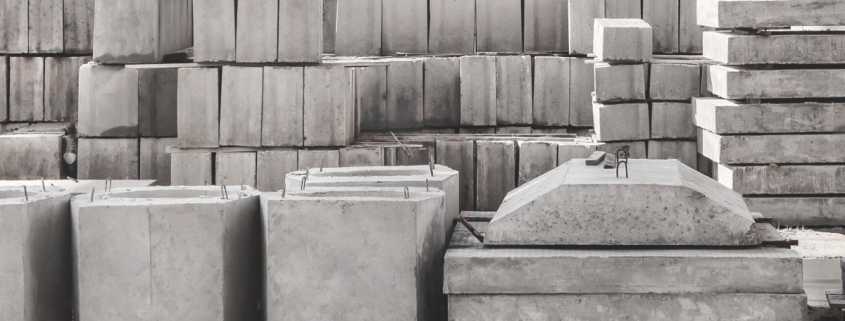What To Do When Your Concrete Block Lifter Malfunctions
When working with heavy materials, efficiency and safety are paramount. A concrete block lifter serves as an invaluable tool in this regard, streamlining the process of moving and easily placing blocks. However, even the most reliable equipment can experience malfunctions that disrupt workflow and pose safety risks. In this guide, we’ll explore what to do when your concrete block lifter malfunctions, ensuring you’re never left in a bind.
Immediate Steps To Take
If your concrete block lifter has suddenly stopped working, the first thing to do is assess the situation calmly. Check for any visible signs of damage and loose parts or anchors. If it’s safe to do so, inspect the controls and make sure everything is functioning properly. If you notice anything unusual or if the machine is making strange noises, it’s best to avoid using it until a professional can take a look. These steps can help prevent further damage and keep you safe while troubleshooting the problem.
Troubleshooting Techniques
Once you’ve taken the immediate safety precautions, it’s time to delve into some troubleshooting techniques. Start by checking the user manual for your specific concrete block lifter model; it often contains helpful guidance for common issues. Look at the power source next—ensure that it’s plugged in correctly and that there’s no blown fuse or tripped circuit breaker. Next, perform a simple test by observing the controls; press each button and listen for responses. This process can help identify whether a particular function is not working.
When To Seek Professional Help
If you’ve tried troubleshooting your concrete block lifter and it’s still not working, it may be time to call in the experts. Don’t hesitate to reach out to a certified technician who has experience with your specific model.
They can diagnose deeper issues that might not be immediately apparent, especially in cases of newer, non-hydraulic systems. Seeking professional help is important not only for fixing the lifter but also for ensuring your safety.
Preventive Maintenance Tips
Taking care of your concrete block lifter can help avoid unexpected problems down the line. Start by regularly cleaning the machine to remove dust, dirt, and debris that can affect its performance.
Schedule routine inspections to check for any unusual wear and tear, as catching small issues early can save you from bigger headaches later. Additionally, consider setting up a maintenance log where you track any repairs, replacements, or service dates.
Ultimately, the most important thing to do when your concrete block lifter malfunctions is to take a calm step back and ensure everyone’s safety. After that, you’re free to check things over. However, if you’ve found a problem that even the pros can’t fix, it might be time for a new model.
At Kenco, our block lifting clamp can lift up to 9,000 pounds with our unique, modular design that allows you to easily repeat the lifting cycle for smoother, faster projects.




Leave a Reply
Want to join the discussion?Feel free to contribute!